Navigating weather, terrain, and traffic challenges in regional construction material delivery
Ryan Garcia
October 2, 2025
.webp)
If you’re a supplier or distributor in the construction industry, you know there’s a lot that could go wrong. Traffic congestion, ordering errors, and schedule delays make it difficult to get from point A to point B.
On top of that, construction material drivers need to navigate through extreme weather, uneven terrain, and spontaneous traffic reroutes. Some of these elements can derail the most routine deliveries. Here’s what you need to know to prepare your fleet for anything, and why modern 3PL solutions like Curri will keep your team agile all year long.
Seasonal weather and traffic challenges construction material drivers face
1. Winter snow and rain
Maybe the most obviously dangerous on our list, snow and freezing rain create great timing and safety issues for construction drivers. Unplowed and icy roads increase accident risks and slow down the loading and unloading process at the distributor warehouse and on-site.
Vehicles of all sizes need to be equipped with chains or winter tires, preferably both, in many locations. Additionally, any materials sensitive to cold conditions, such as paints, adhesives, or other liquids, may require special handling and insulation to prevent damage.
2. Summer heat waves
Extreme summer heat stresses both the fleet and the drivers. Driver fatigue, vehicle breakdowns, and overheating issues are common occurrences, and some construction materials, like sealants and asphalt, can be damaged if exposed to extreme temperatures for prolonged periods.
Businesses and drivers, in these scenarios, need to focus on ensuring climate-controlled transport, staying hydrated, and expediting delivery. In rare cases, businesses may also need to adjust their schedules earlier, so key deliveries are made before the peak heat of the day.
3. Increased traffic in spring
As the weather improves, there are more construction projects breaking ground and increased traffic on the road. This means extra congestion on courier routes. The roadwork season also typically starts in the spring, meaning lane reductions and detours are the norm for the next few months.
This extends delivery times and could delay projects depending on the severity of the traffic jam. Couriers must carefully plan their routes around construction zones and peak traffic hours to maximize efficiency.
4. Autumn wind and storms
In many locations, fall brings on seasonal storms. This makes your routes hazardous, especially for those driving larger vans or trucks, which are more susceptible to gusts. Storm-related debris, such as fallen branches and construction waste, can block job sites and delay loading and unloading.
Power outages due to high winds can also cause delays. In the event of a forecasted autumn storm, drivers need backup plans for rerouting and must employ extra safety measures to secure loads against wind damage.
5. Holiday road disruptions
During the peak holiday season, increased parades, passengers, and municipal closings can create spontaneous disruptions for construction couriers. These drivers must contend with urban roadblocks and congested highways, while also trying to meet deadlines before the holiday downtime lull.
This means project management teams need to coordinate more carefully, so major deliveries are executed as expected, and project deadlines stay on track.
6. Seasonal road closures
Rural highways, mountain passes, and flood-prone roads often face seasonal closures. This cuts off direct delivery routes, and for drivers less familiar with the area, it could derail deliveries completely.
When they do re-route, drivers have to navigate longer, less efficient roads, adding cost and time for the distributor. For critical deliveries, companies should either leverage a hotshot delivery service or pre-schedule their bulk orders ahead of closure times.
7. Rural roads
Unpaved roads, regardless of the season, present new challenges with mud, dust, gravel, and uneven terrain. This can delay deliveries, damage vehicles, and increase the risk of accidents. Couriers, in these settings, need to drive slower, which boosts total travel time and costs.
Drivers may also need to use specialized vehicles to handle rough terrain. Heavy or particularly fragile construction materials also may be damaged during transport over loose, bumpy surfaces.
Why Curri is a game-changer for construction supply delivery logistics
Weather, rough terrain, and traffic congestion are just a few of the issues today’s drivers face. From Denver to New York City, to Houston and Chicago, delivery couriers also face challenges with:
- Lack of delivery status visibility
- No delivery confirmations for distributors or customers
- Distance limitations
- No same-day or hotshot service
- Slow route planning over email or phone
Modern challenges require modern solutions, and that means Curri. Curri is a comprehensive logistics platform that supports deliveries of all types, sizes, and distances across the U.S. From dedicated routes to LTL shipments, to hotshot and parcel services, Curri can do it all right from an easy-to-use desktop app.
The feature set is also what makes Curri a must-have for today’s construction businesses. Here’s how Curri compares to a traditional courier service.
Get Curri today, and stay prepared to deliver construction supplies all year round
Ready to try the easy, cost-effective, agile solution for your construction delivery needs? Book a demo with Curri today.
Getting started is as easy as signing up and making your first booking. Our drivers are professional, punctual, and always drive with safety in mind, regardless of the conditions. Don’t let bad weather derail your whole delivery schedule. Get Curri and stay on time for the long haul.









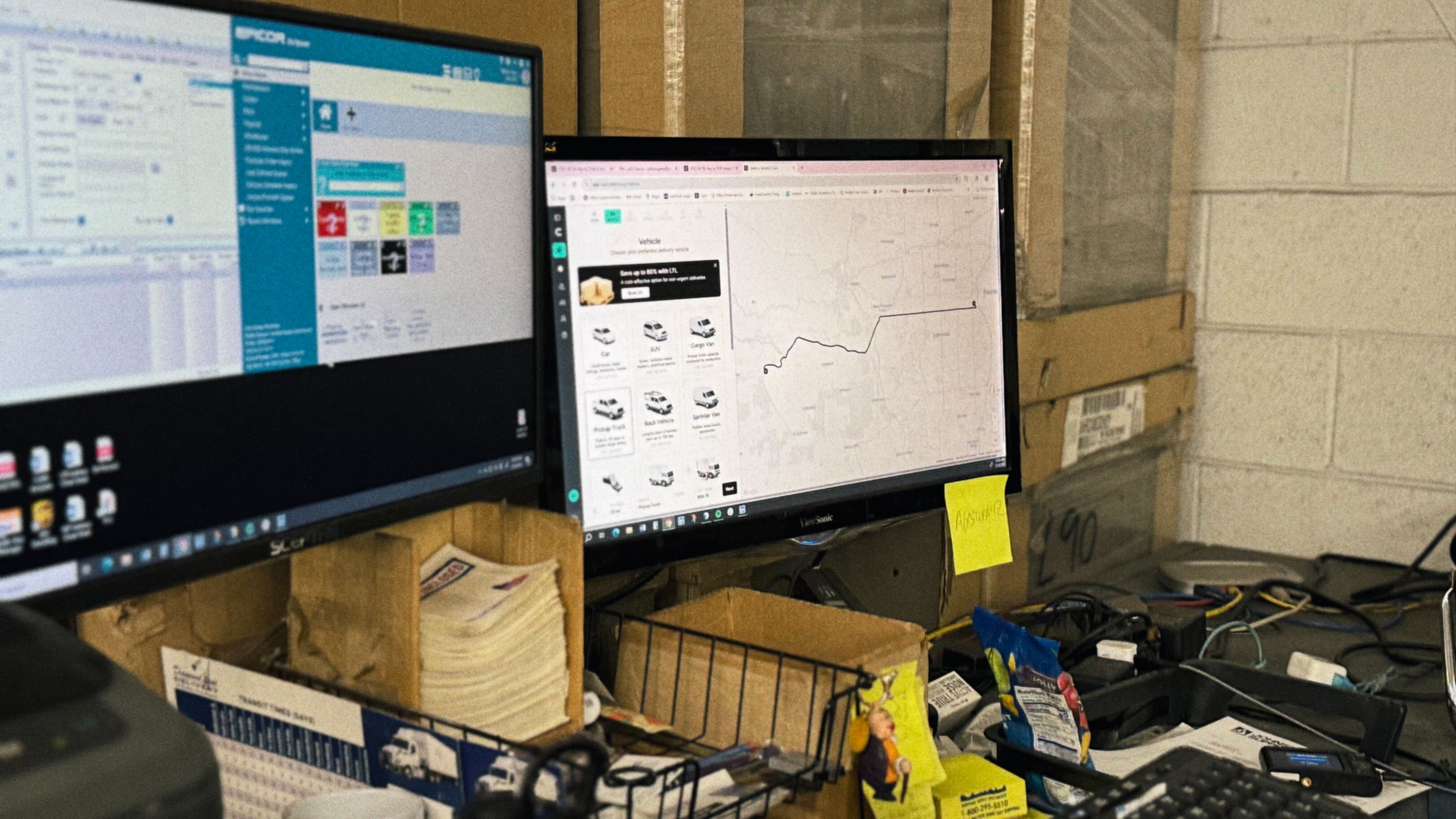
-min-min-min.png)
.png)
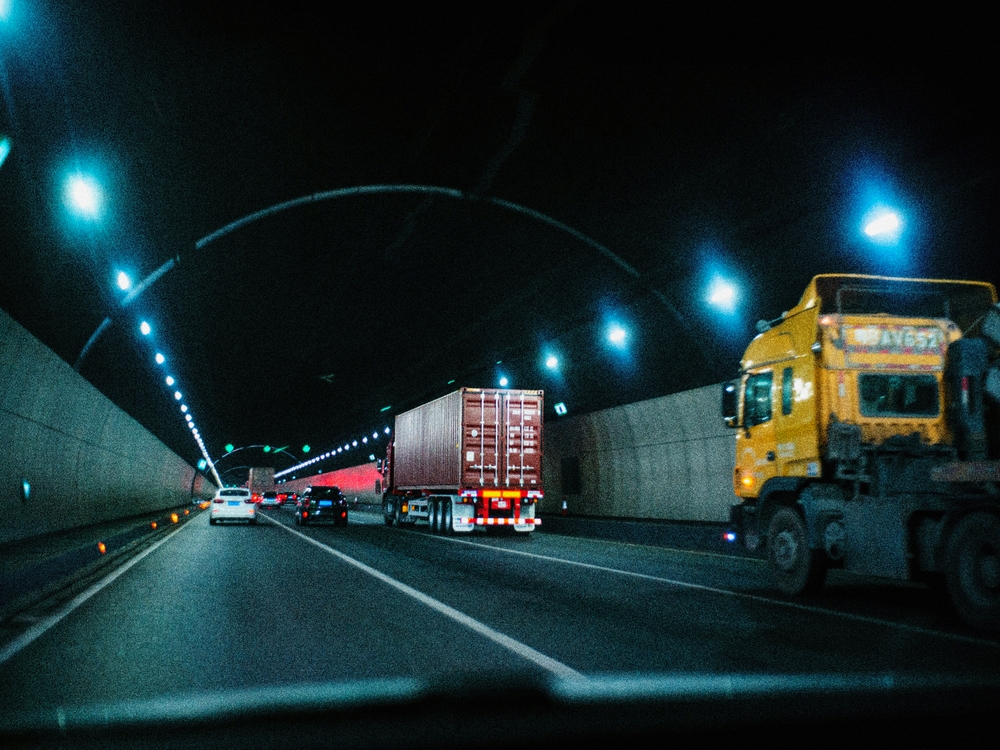
.jpeg)
-min.jpeg)
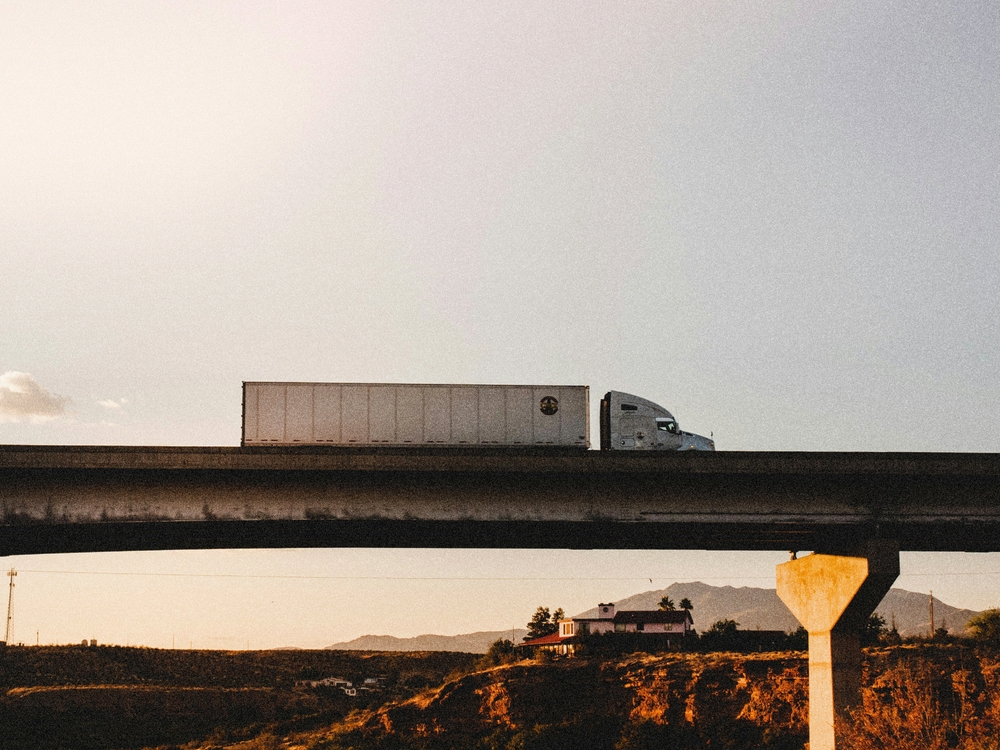

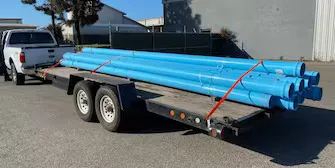
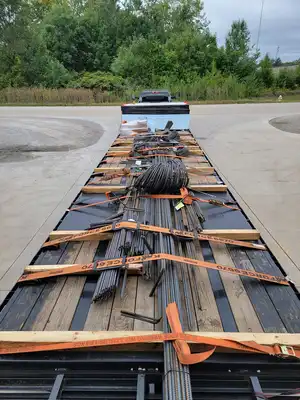

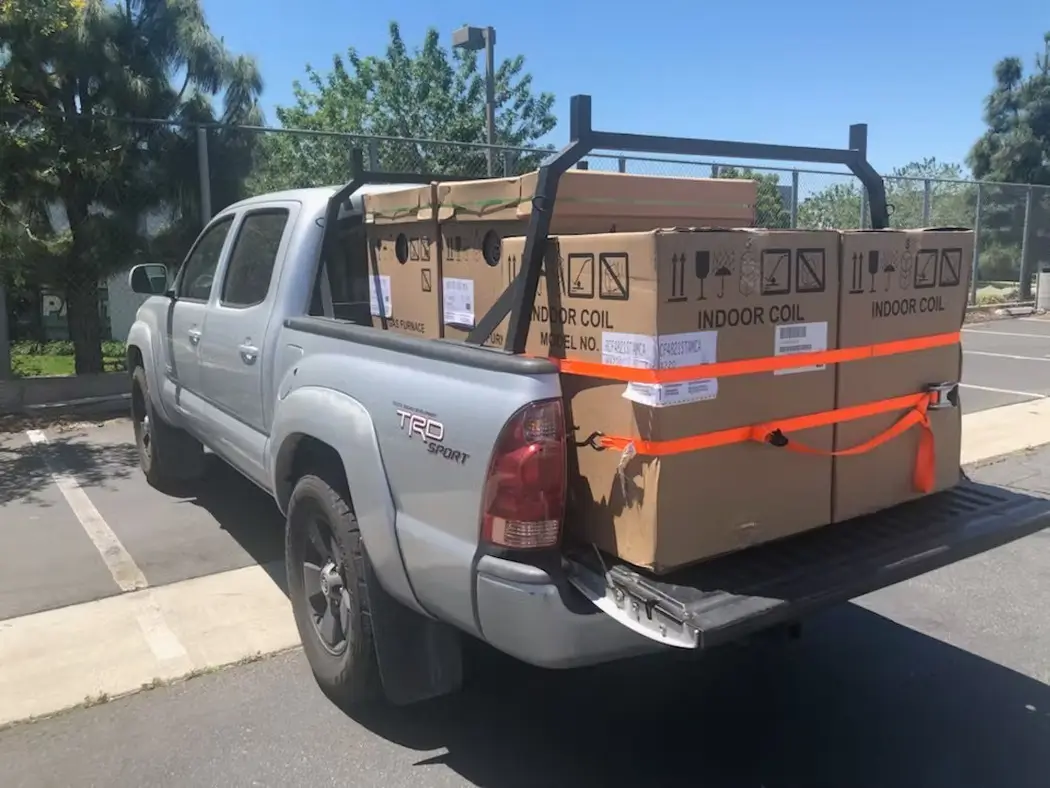
-min.webp)
.webp)
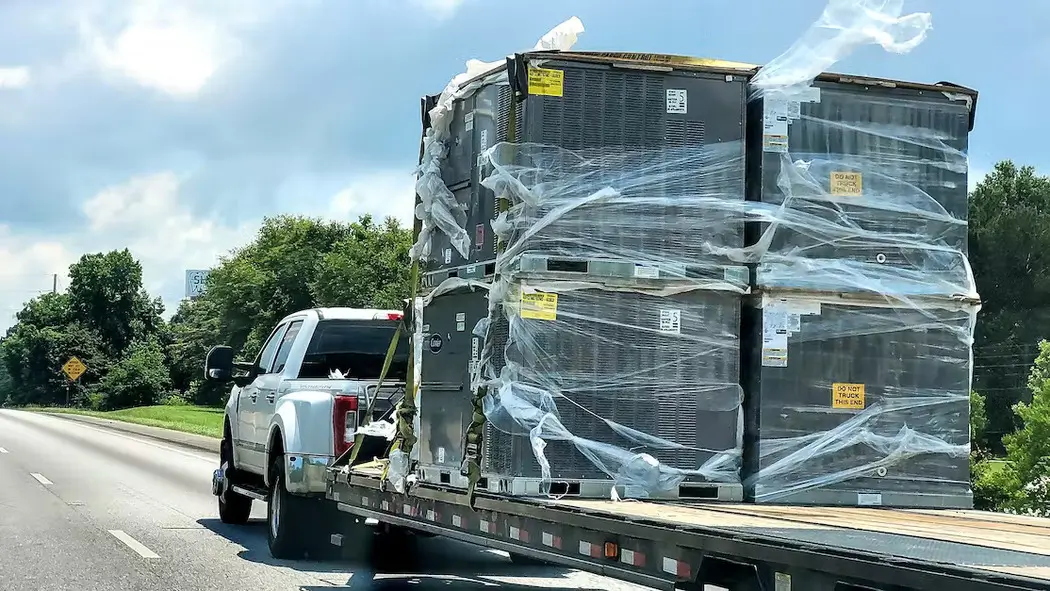
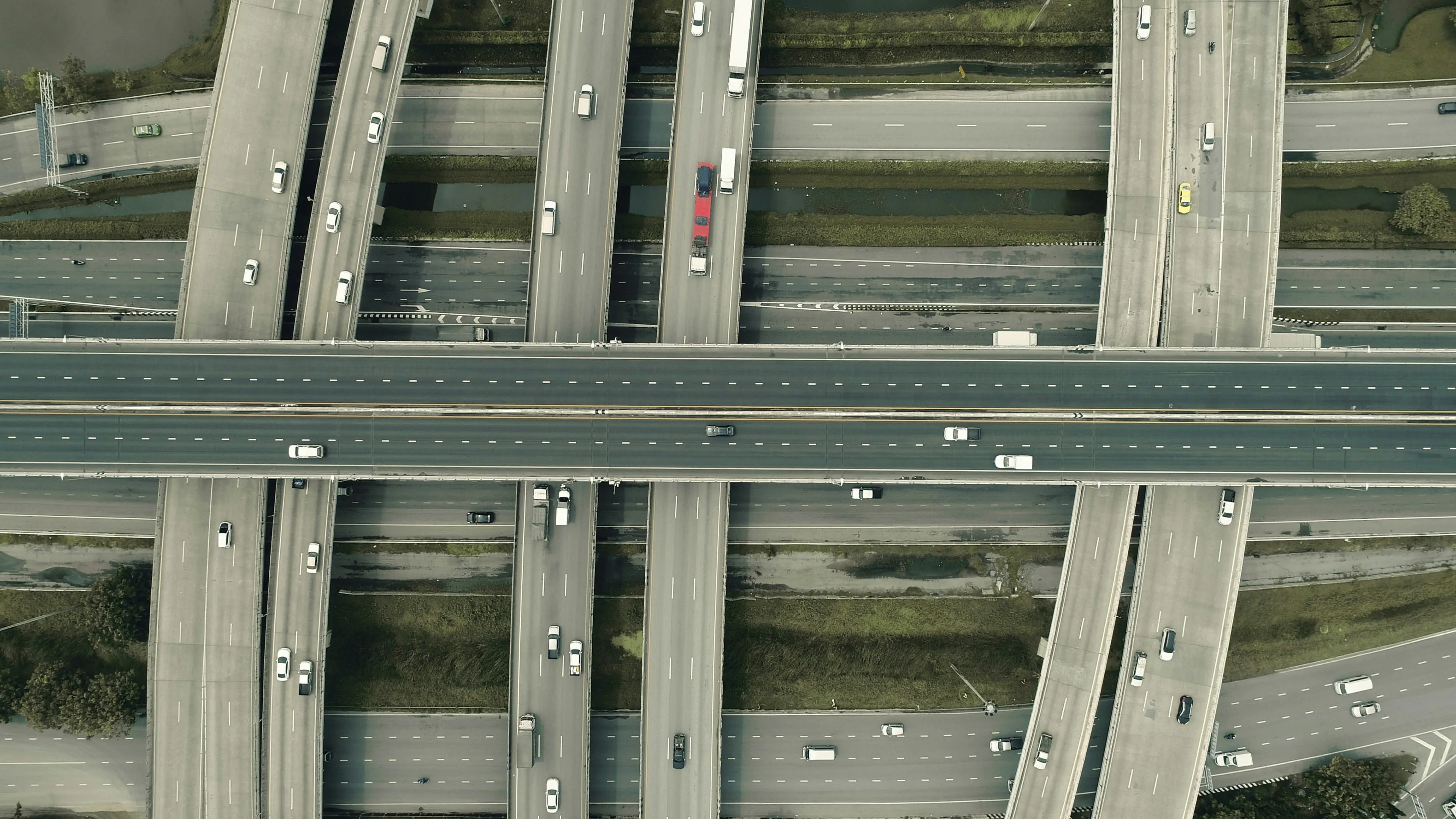

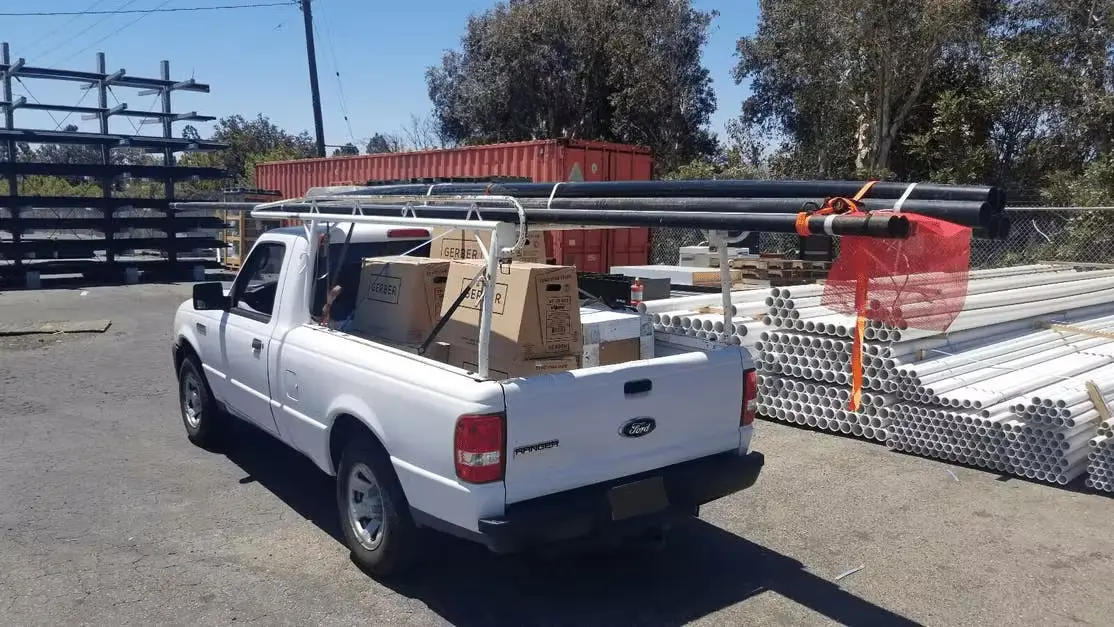

.webp)

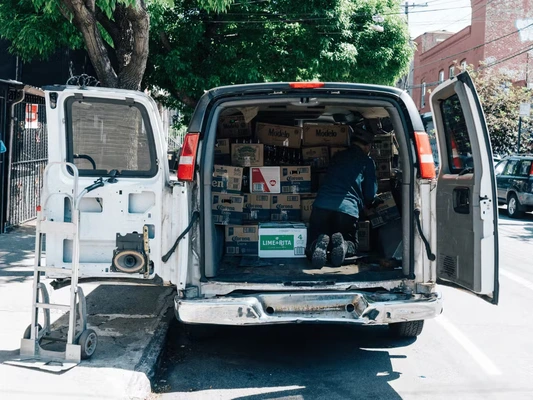

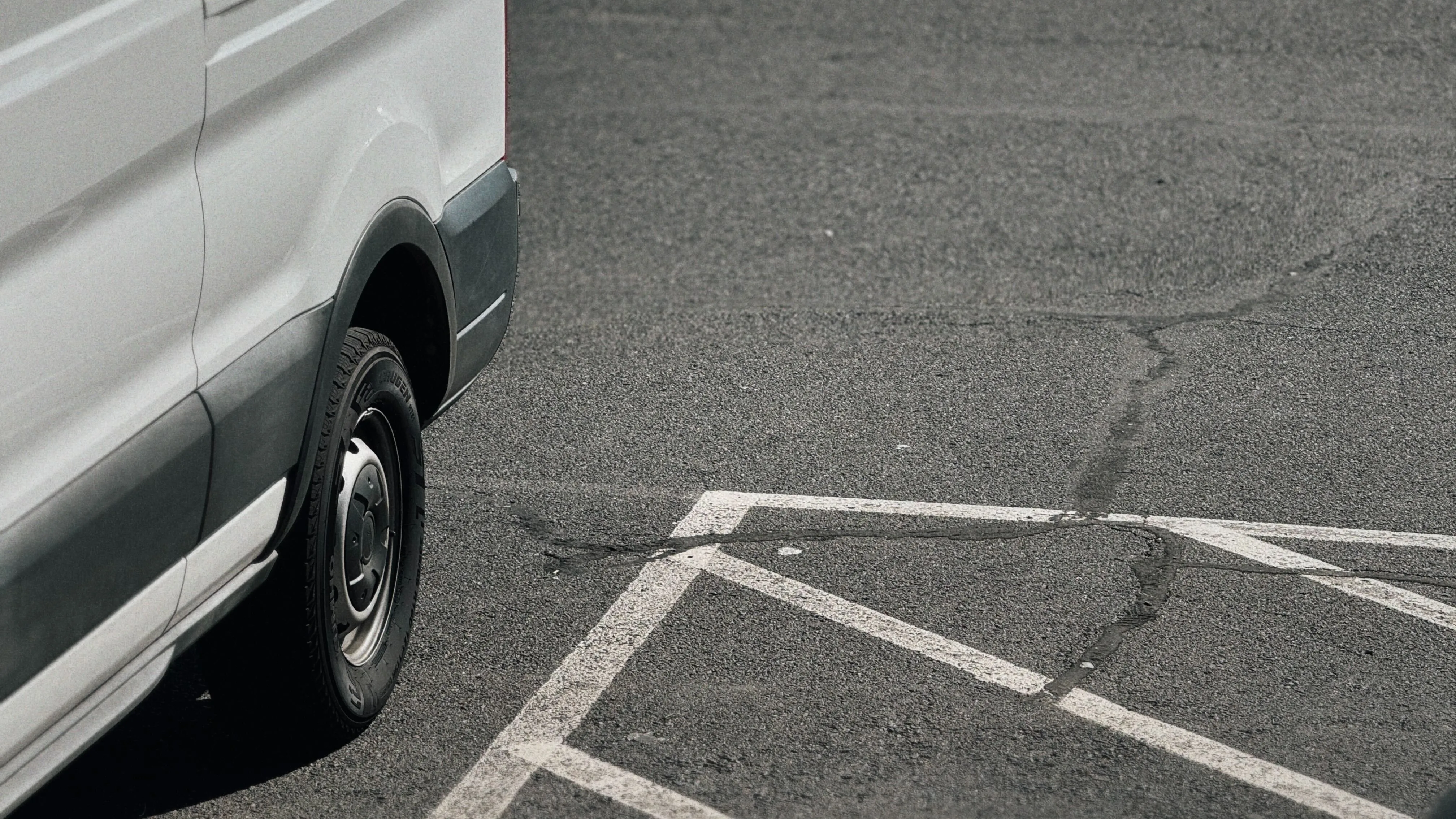
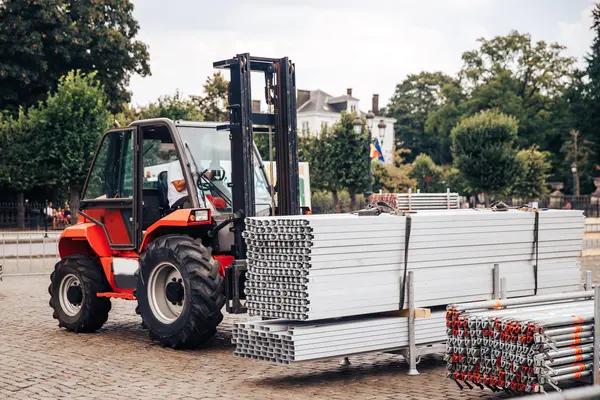
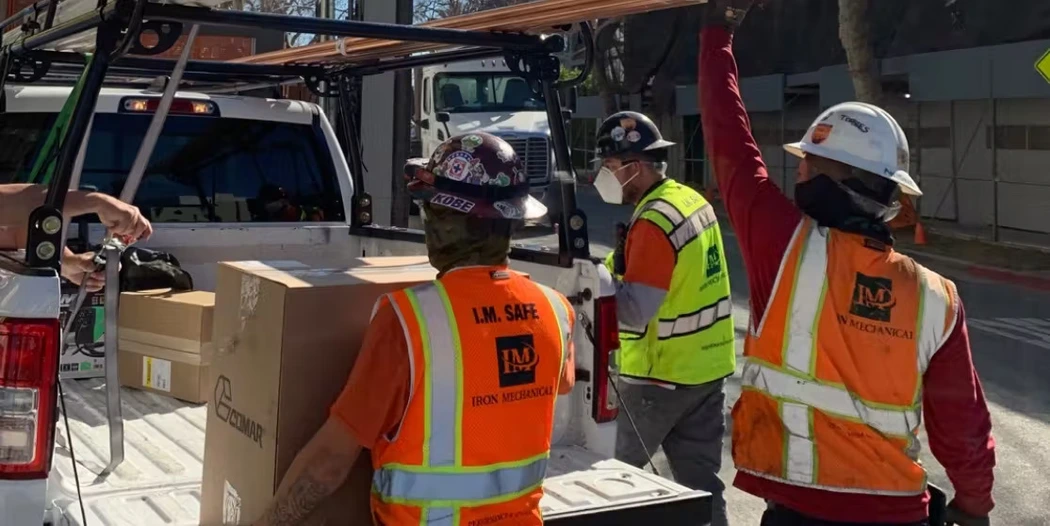
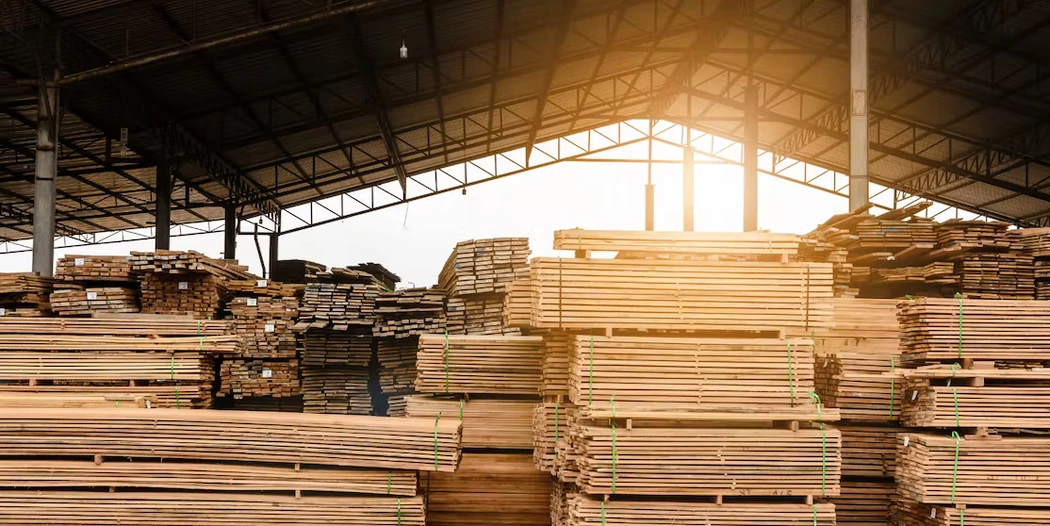




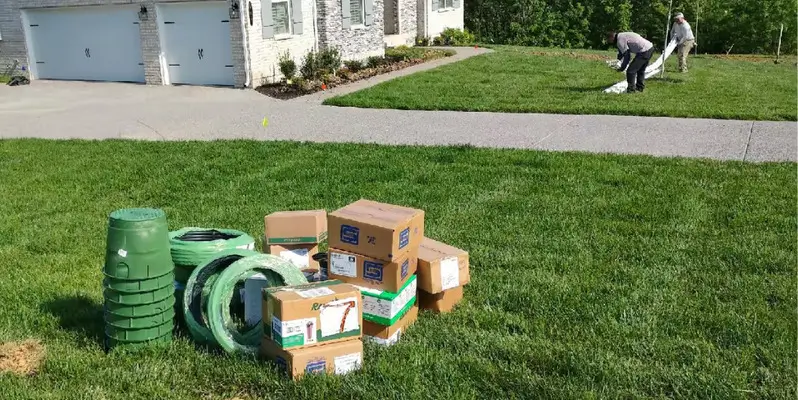
.webp)
-min.webp)


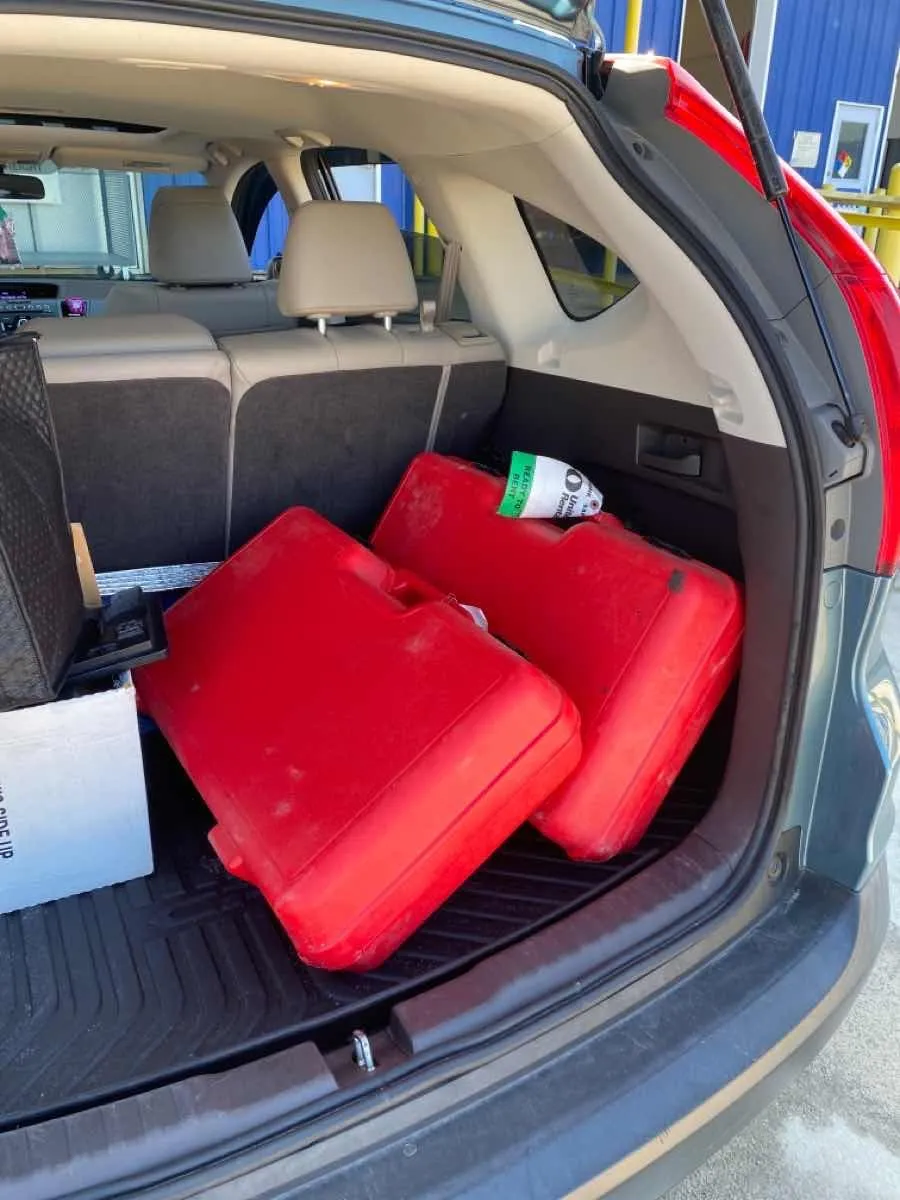
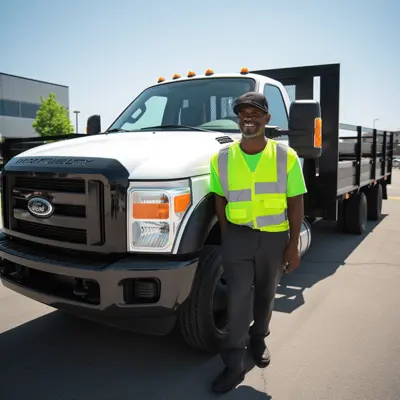
-min%2520(1).webp)

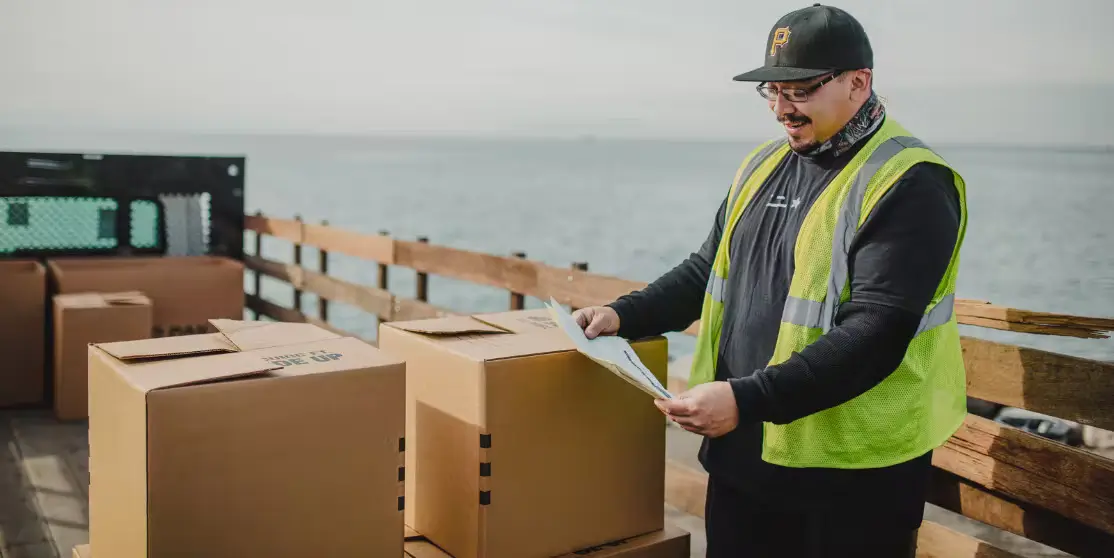
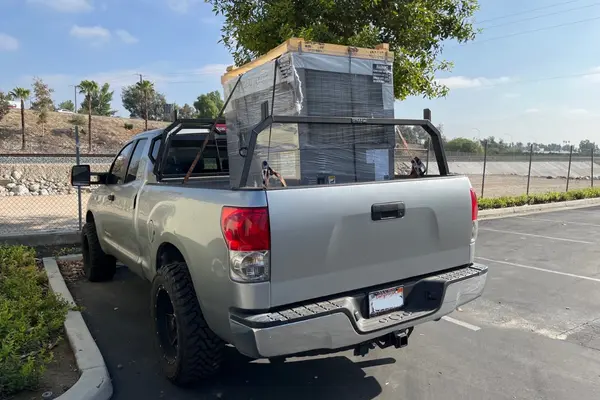
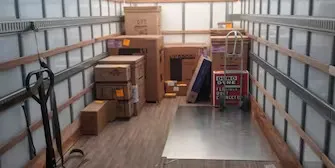

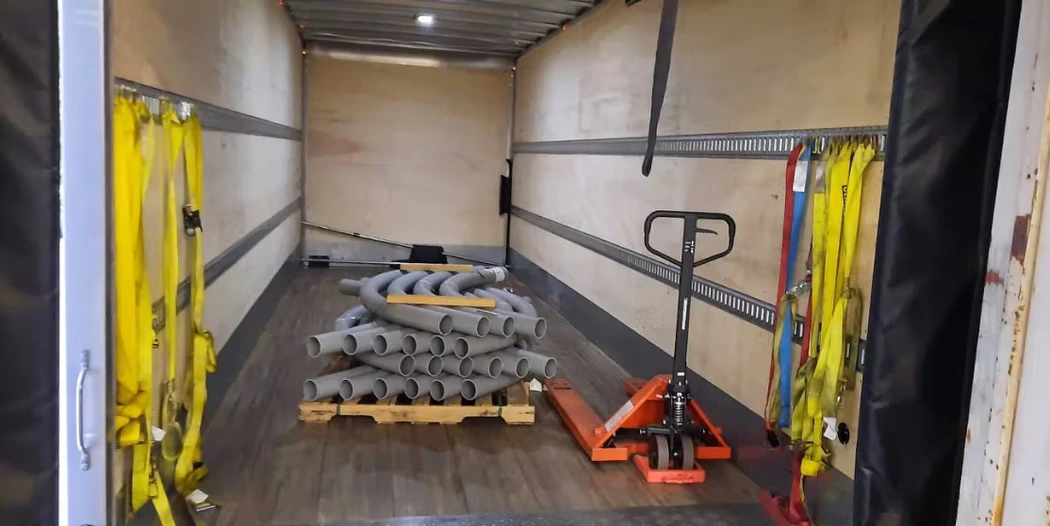
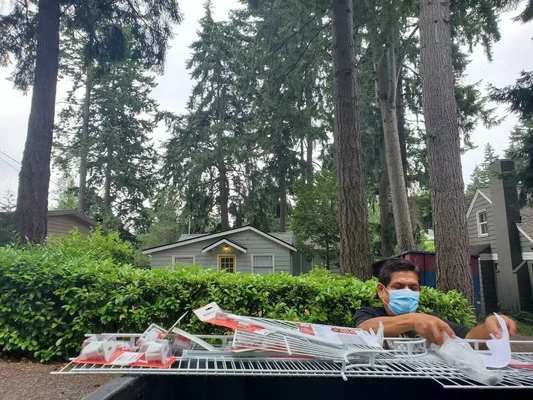

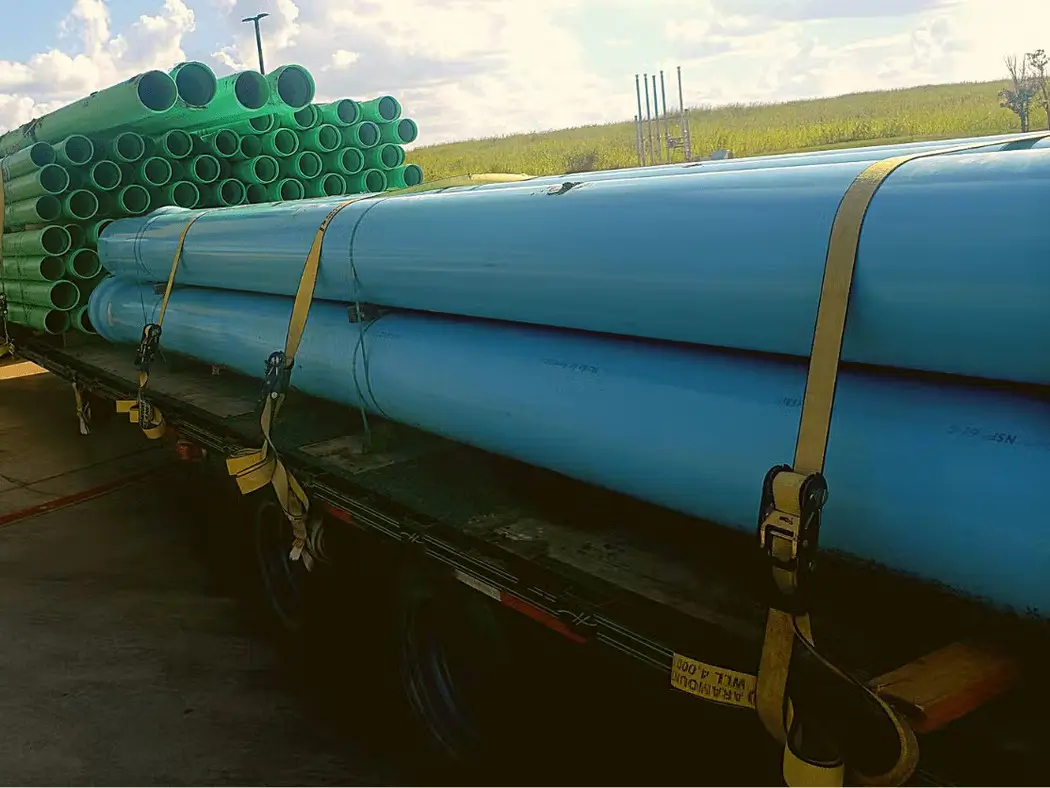
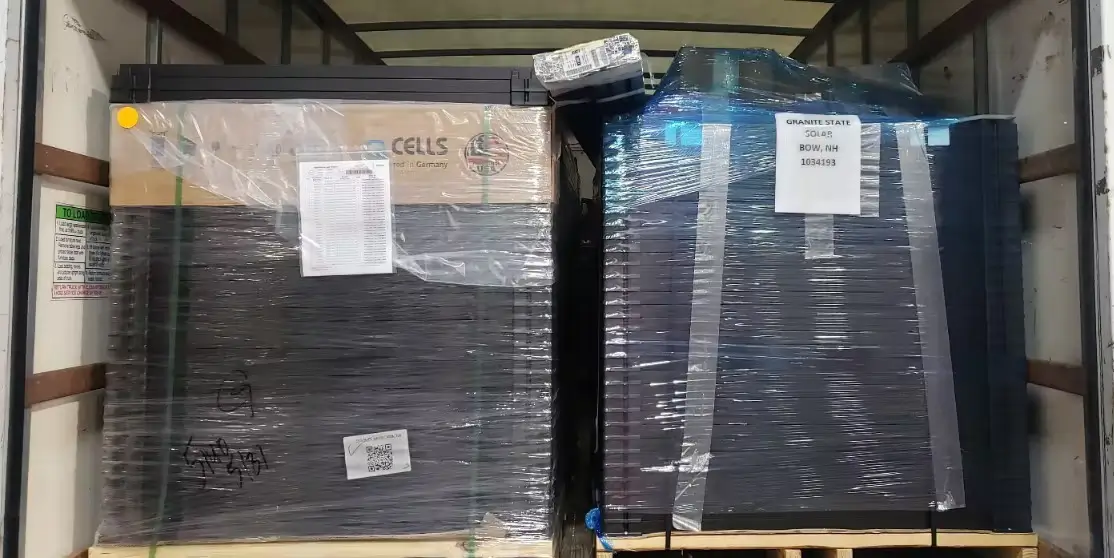
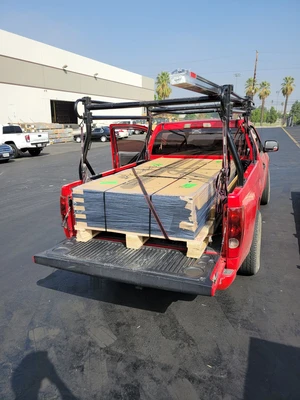
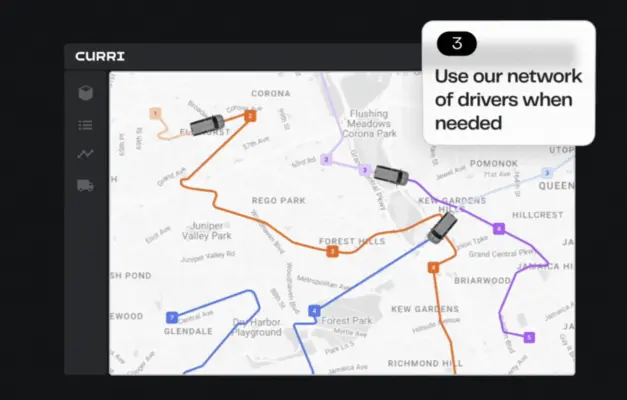


-min.webp)



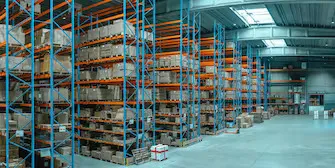
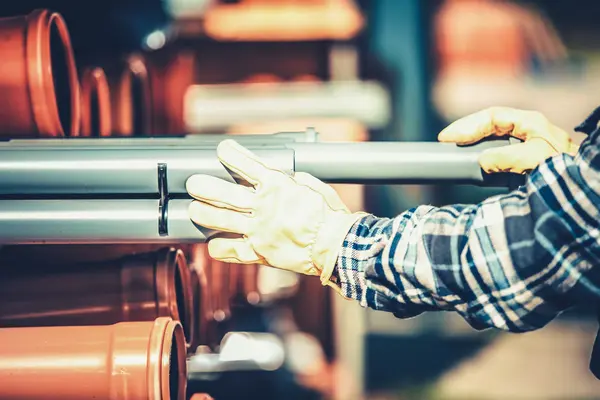
.webp)
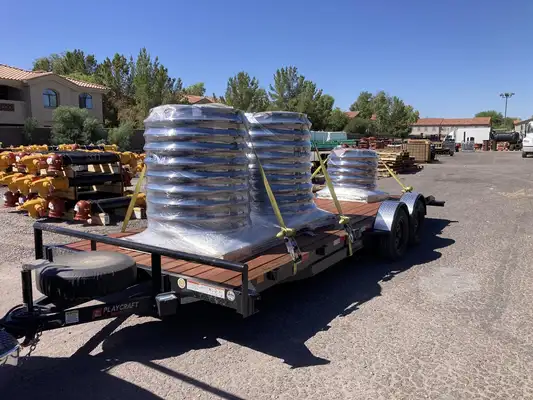
.webp)
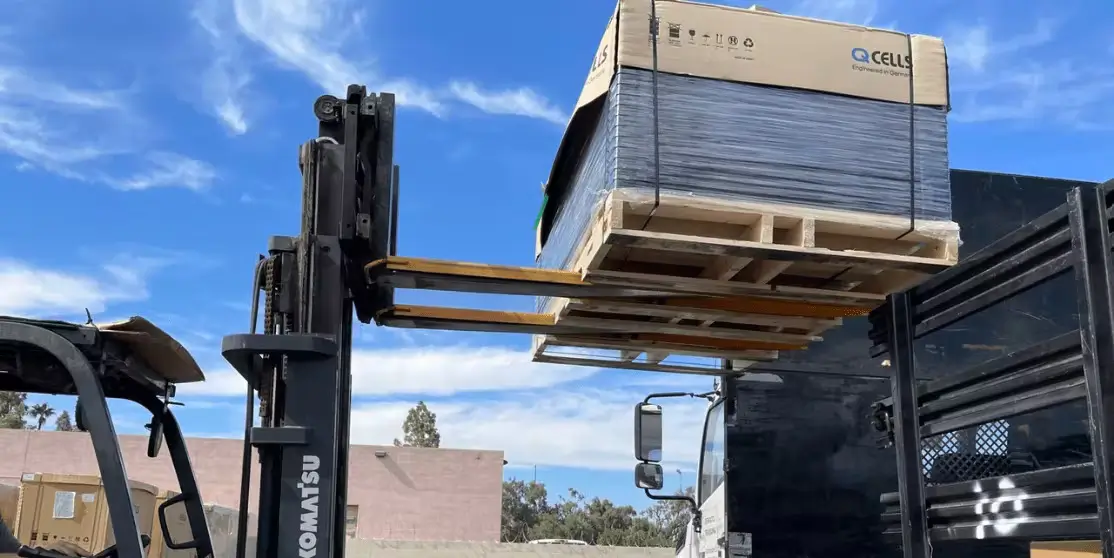
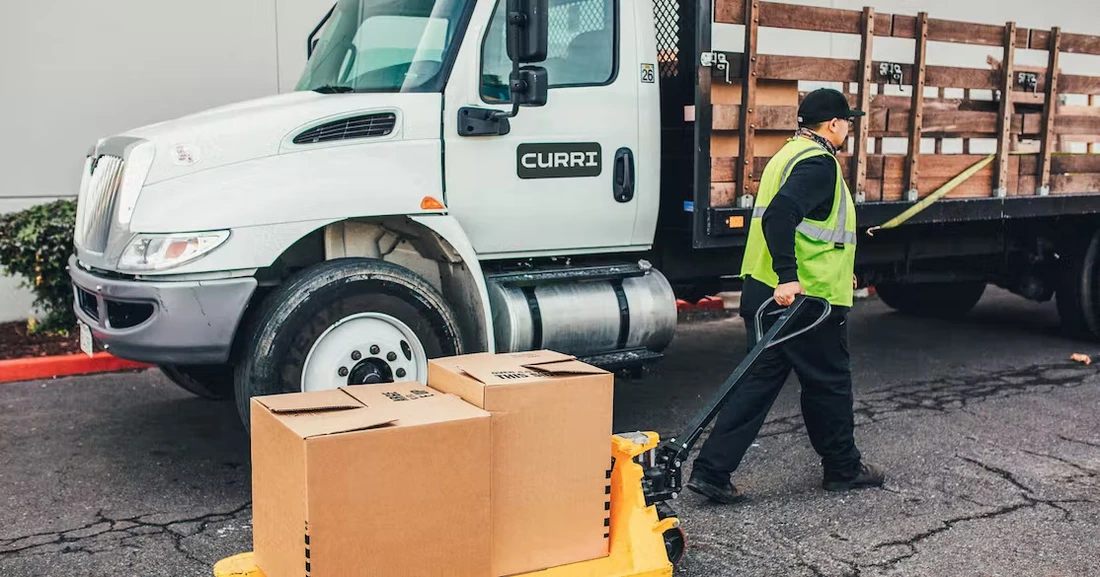
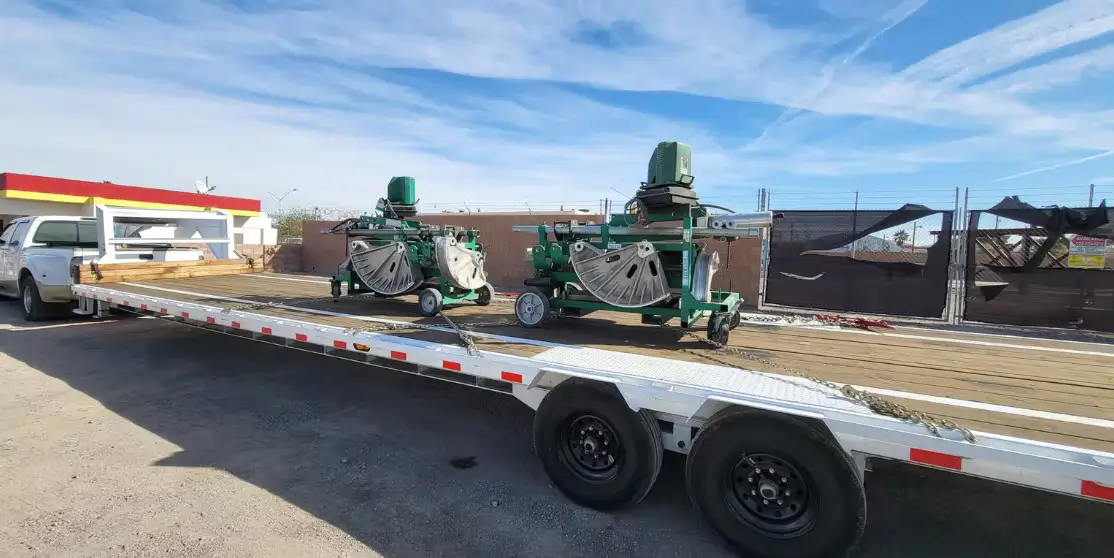
-min.webp)



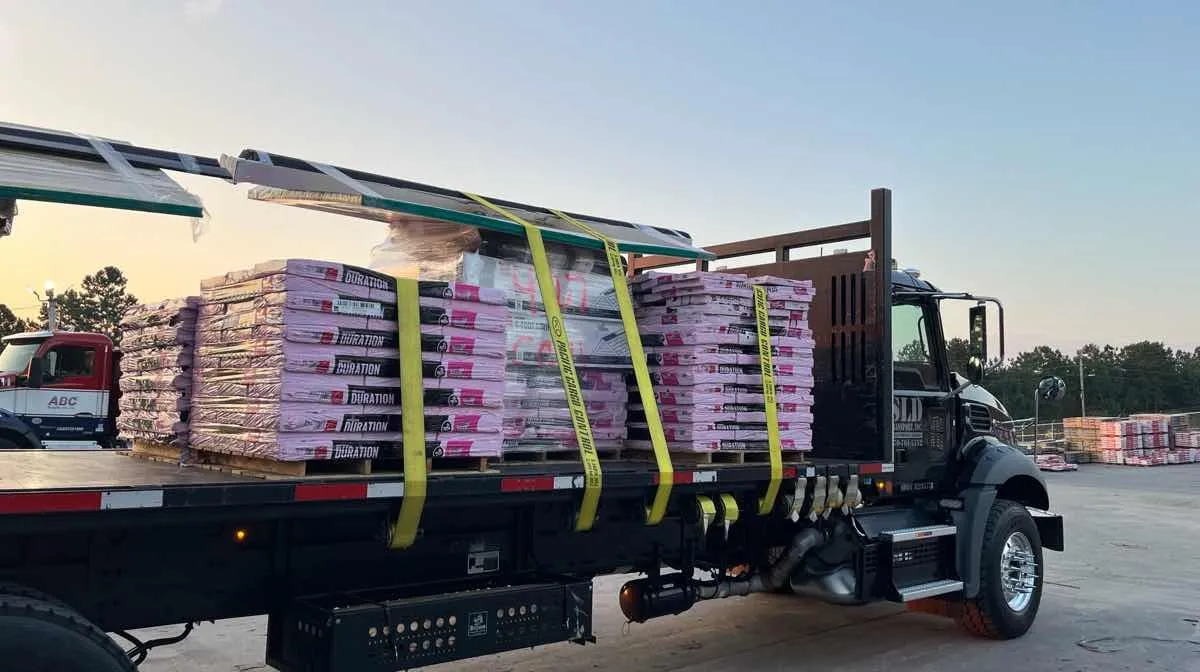
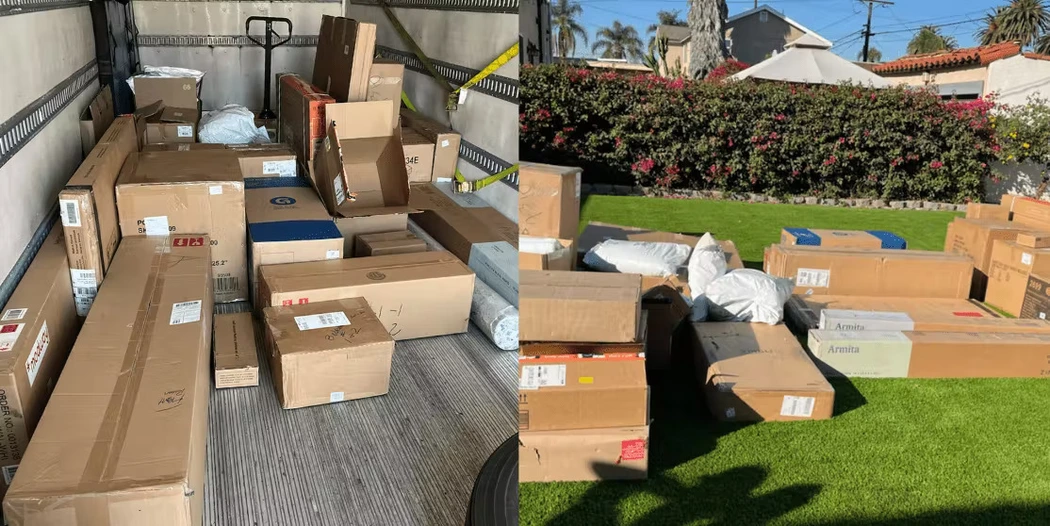
-min.webp)

.webp)
-min.webp)
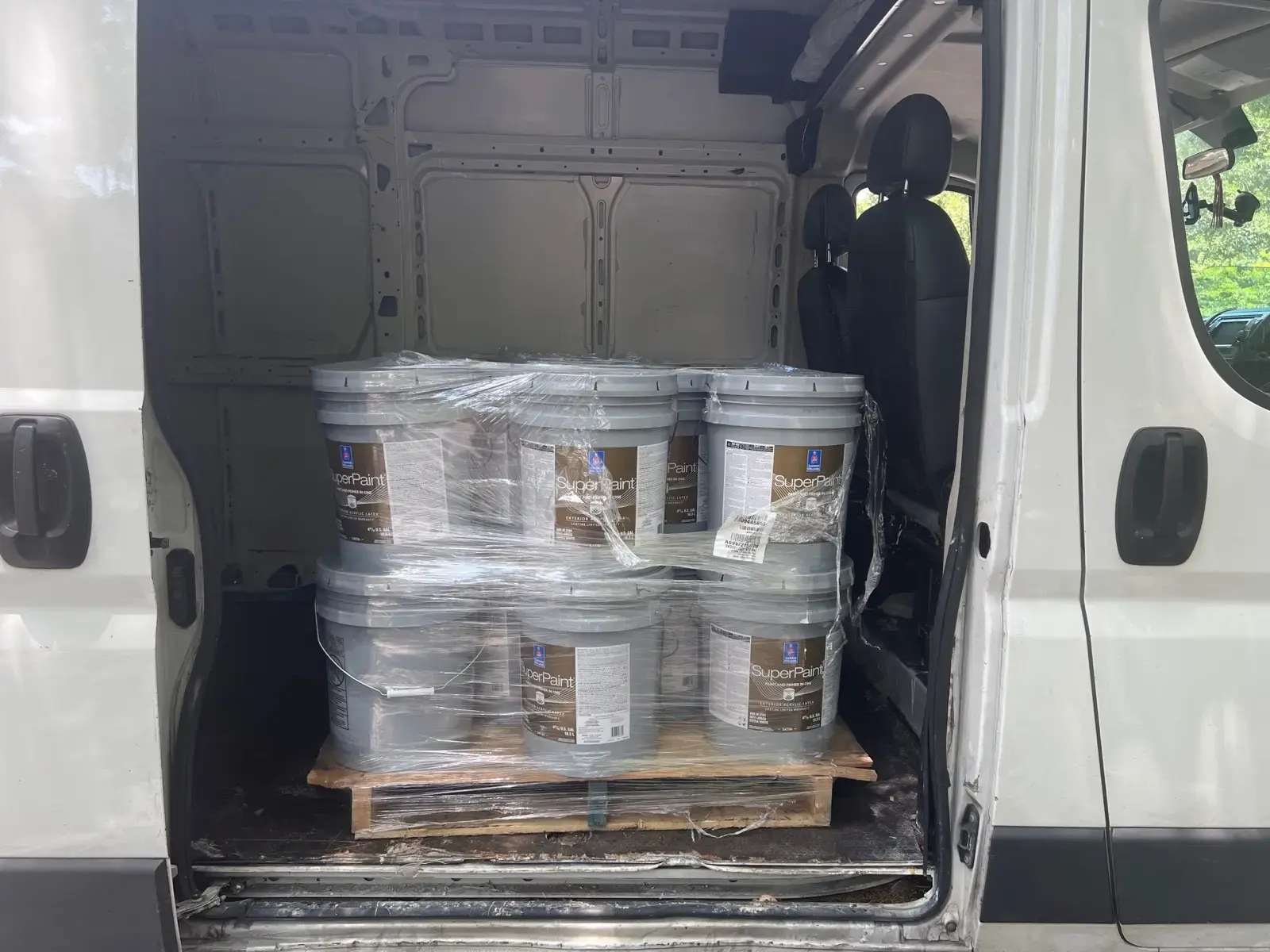
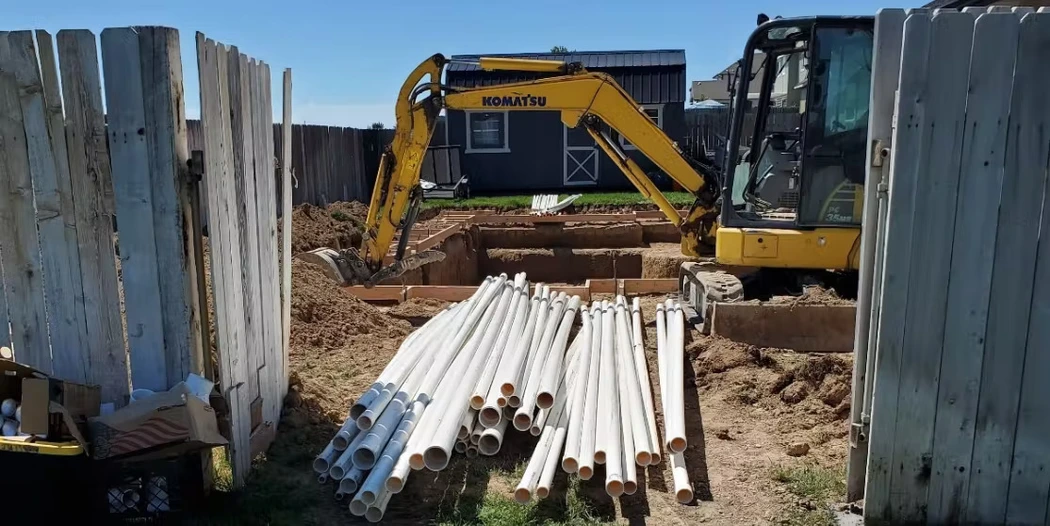

.webp)

.webp)
.webp)
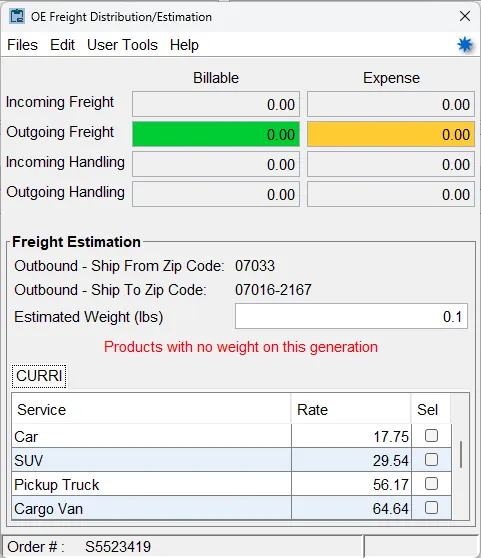
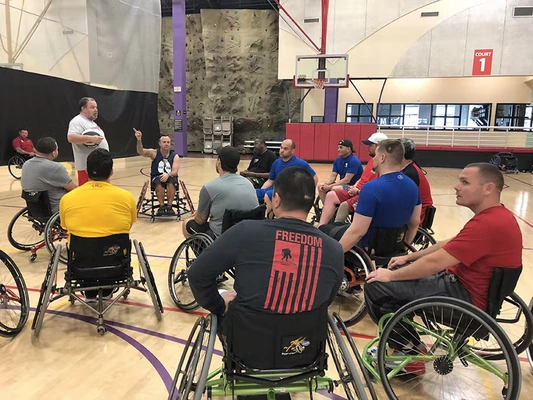
.webp)




-min.webp)

.webp)
.webp)
-min.webp)